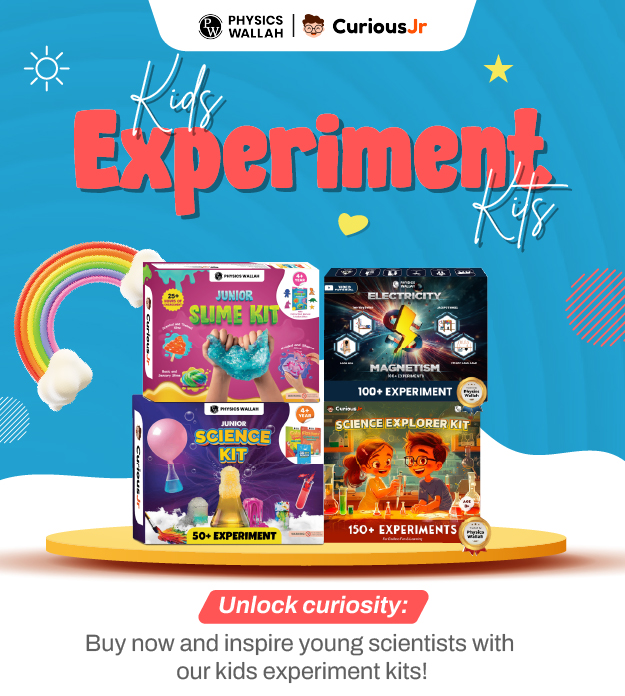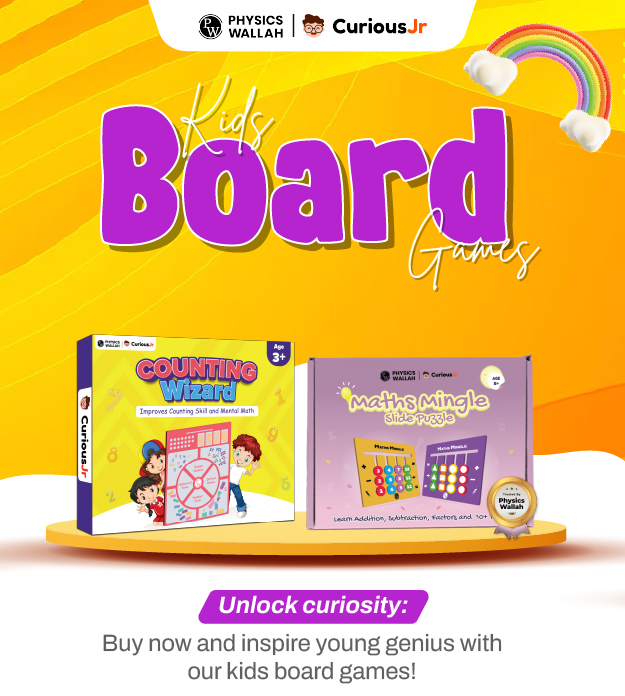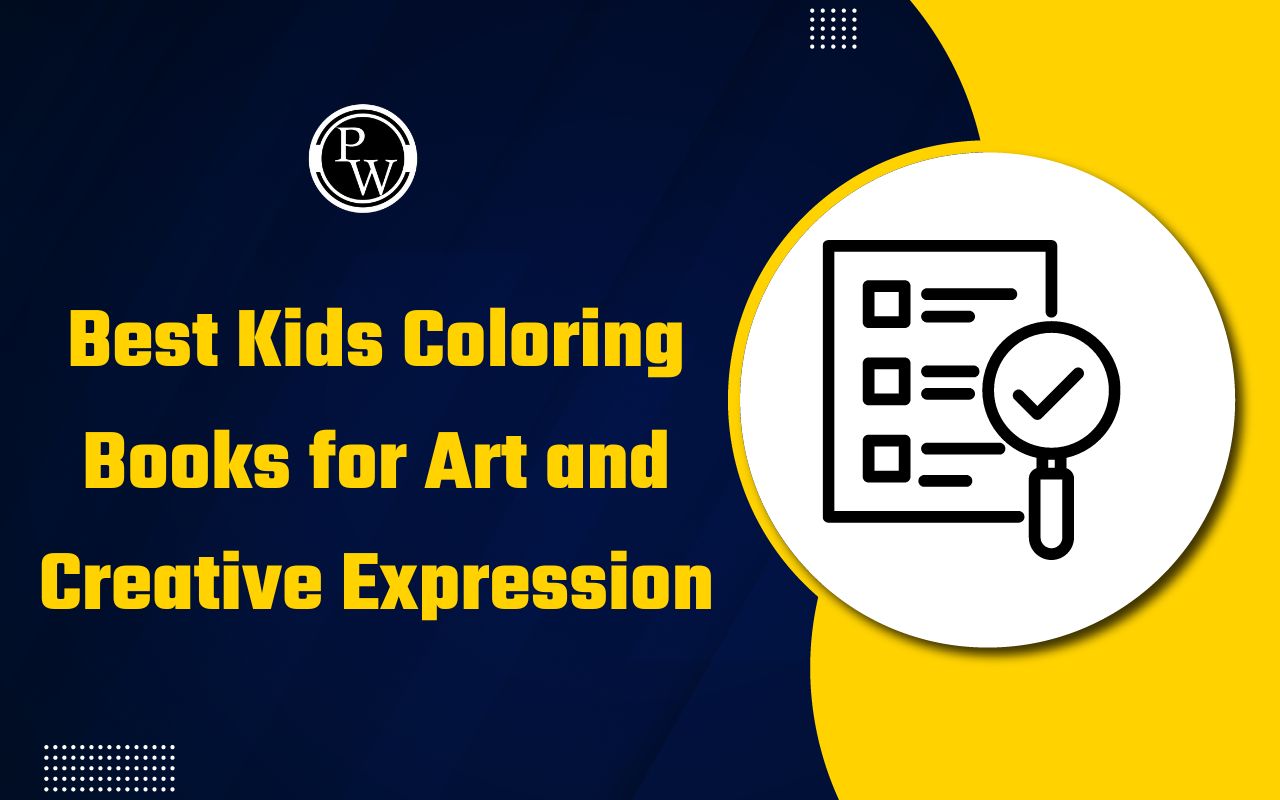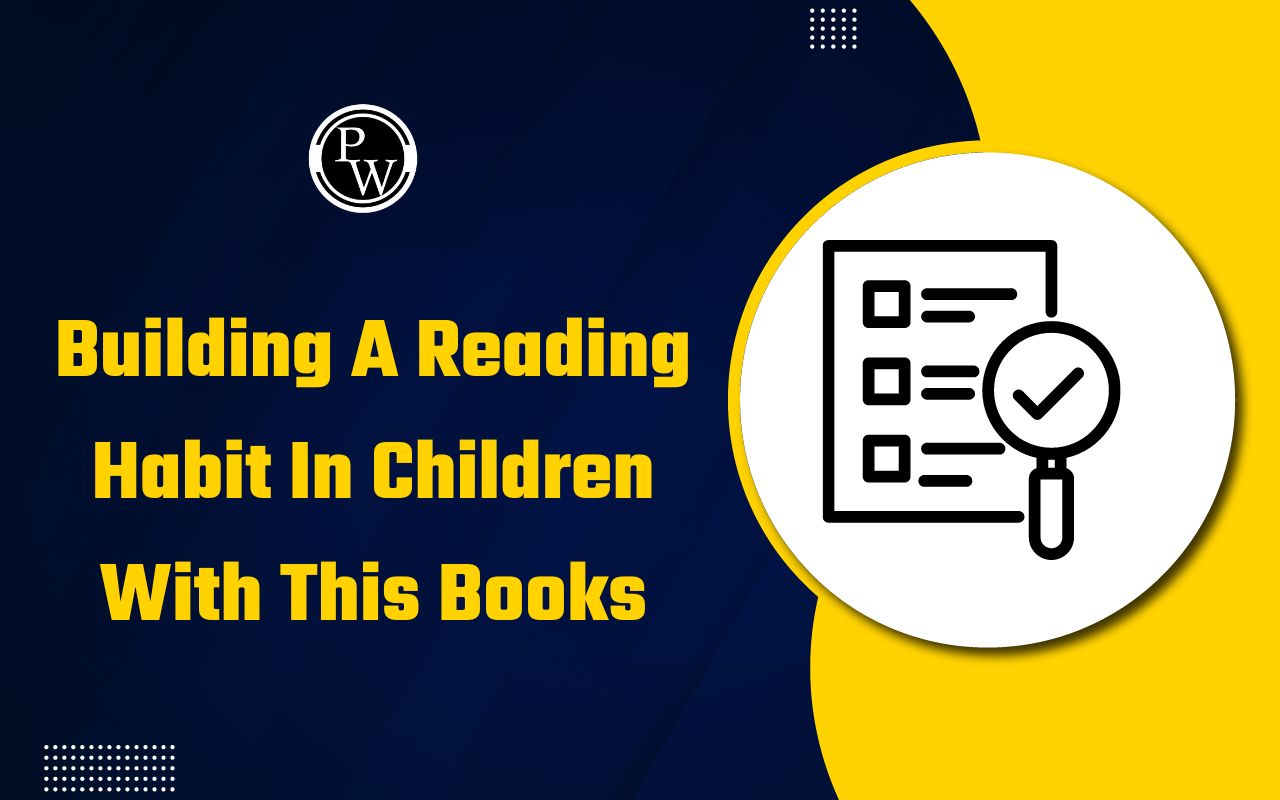Science Experiments for Girls Every Parent Should Know
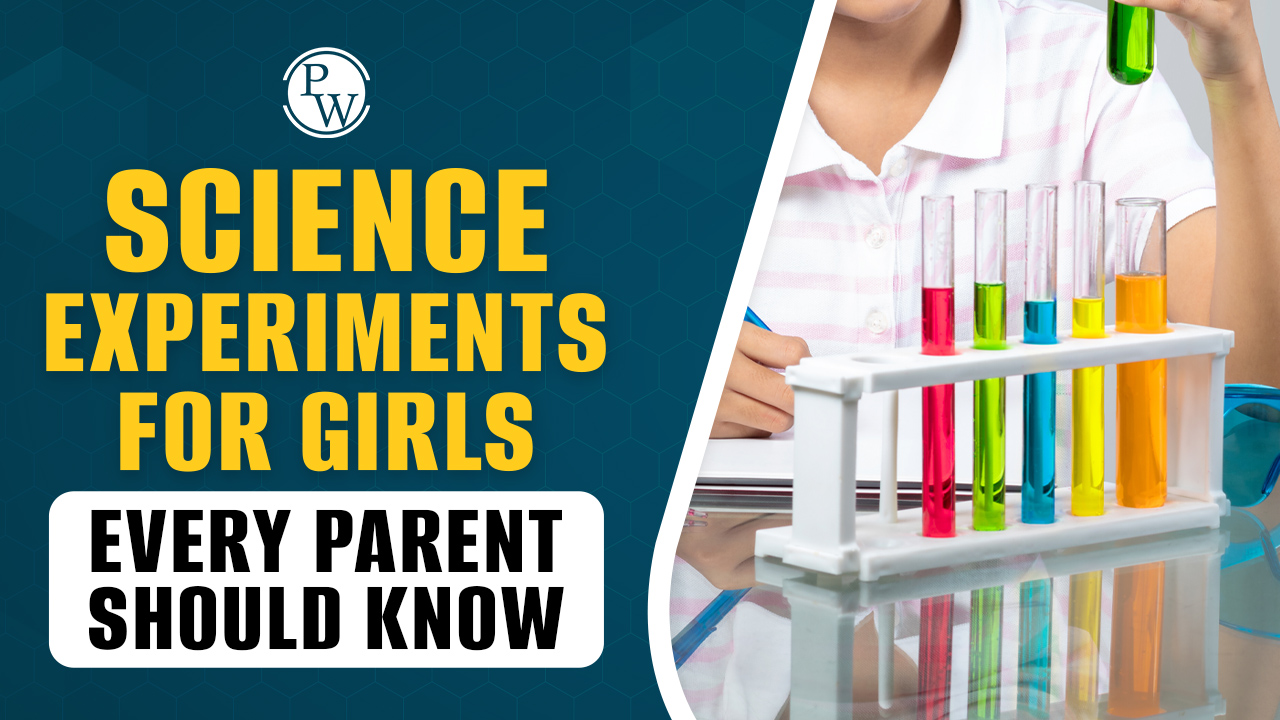
Science Experiments for Girls Every Parent Should Know:- One of the effective ways to help children learn is by getting them involved in activities they love. When learning connects with their interests, it becomes more exciting and easier to understand. With this idea in mind, Physics Wallah has created a Science Kit for Girls, a hands-on way to explore science through creativity, fashion, and fun.
This Science Experiments kit brings together science experiments, arts, and crafts, making learning an interactive and enjoyable experience. It includes easy science experiments to do at home, from making a natural lip balm to creating a bubbling underwater volcano. Young learners can also design jewellery, try out nail art, and experiment with glow and sensory play, all while discovering interesting scientific concepts.
The activities are simple yet engaging, helping girls develop an interest in STEM subjects without feeling like they are studying. With experiments that involve colours, textures, and fascinating reactions, this kit makes learning feel like playtime. Check out the below article for some easy and interesting science experiments that girls can do using the kit.
Science Experiments for Girls Every Parent Should Know
1. Bubbling Underwater Volcano
Items Required: Clear glass or jar, water, baking soda, vinegar, food colouring, spoon
Steps:
-
Fill the clear glass or jar halfway with water and add a few drops of food colouring.
-
Stir in two tablespoons of baking soda until it dissolves.
-
Slowly pour in vinegar and observe as bubbles rapidly rise, creating an effect similar to an underwater volcano.
Result: A chemical reaction between baking soda (a base) and vinegar (an acid) produces carbon dioxide gas, forming bubbles that mimic an erupting underwater volcano. This experiment introduces kids to the concept of acid-base reactions, making it an exciting science experiment to try at home.
2. Self-Inflating Balloon
Items Required: Small plastic bottle, balloon, baking soda, vinegar, funnel
Steps:
-
Pour vinegar into the plastic bottle, filling it about one-third of the way.
-
Use a funnel to add baking soda into the balloon.
-
Carefully stretch the balloon over the bottle’s mouth, ensuring the baking soda stays inside the balloon.
-
Lift the balloon upright so that the baking soda falls into the vinegar.
-
Watch as the balloon inflates on its own without being blown up!
Result: The chemical reaction between vinegar and baking soda releases carbon dioxide gas, which expands and fills the balloon. This is an exciting simple science experiment demonstrating gas formation and chemical reactions.
3. Mesmerising Water Fireworks
Items Required: Tall glass or jar, water, cooking oil, food colouring, small cup
Steps:
-
Fill a tall glass or jar almost to the top with water.
-
In a separate small cup, mix three tablespoons of cooking oil with a few drops of different food colourings.
-
Pour the oil mixture into the water and observe as the colours slowly sink and disperse like beautiful fireworks.
Result: Since oil and water do not mix due to their different densities, the food colouring (which is water-based) eventually sinks and spreads in the water, creating a stunning visual effect. This is an enjoyable science activity that demonstrates density and solubility principles.
4. Secret Message with Invisible Ink
Items Required: Lemon juice, cotton swabs, white paper, lamp or candle (with adult supervision)
Steps:
-
Dip a cotton swab in lemon juice and use it to write a message or draw on a white piece of paper.
-
Let the paper dry completely so that the message becomes invisible.
-
Hold the paper near a warm light source, such as a lamp or candle (with caution), and watch the hidden message appear.
Result: Lemon juice oxidises when exposed to heat, causing the message to darken and become visible. This experiment is a fun way to introduce kids to acid oxidation reactions and is one of the most creative easy science experiments to do at home.
5. Oobleck: A Fun Non-Newtonian Fluid
Items Required: Cornflour, water, mixing bowl
Steps:
-
In a mixing bowl, combine two cups of cornflour with one cup of water.
-
Stir until the mixture reaches a thick consistency.
-
Press the mixture with your hands – it feels solid! Release the pressure, and it flows like a liquid.
Result: Oobleck is a non-Newtonian fluid, meaning it behaves like both a solid and a liquid depending on the applied pressure. This engaging science experiment helps kids understand fluid dynamics in an interactive way.
Science Kit for Girls
Physics Wallah has brought an exciting science kit for girls, making learning both fun and creative. With 50+ simple science experiments, this kit helps children explore science through hands-on activities. From bubbling volcanoes and self-inflating balloons to snow-powder cupcakes and jewellery-making, it mixes science, art, and creativity in an exciting way. These easy science experiments to do at home help kids ask questions, think creatively, and enjoy learning.
What's Inside the Science Kit for Girls Box?
This all-in-one DIY activity kit by Physics Wallah is designed to make learning fun through science experiments, creative crafts, and hands-on projects. The kit includes everything needed to help kids explore science simply and engagingly while also developing artistic and problem-solving skills. Here’s what is inside the science kit for girls:-
1. Mini Lab
The kit includes small bottles of citric acid, baking soda, and cornstarch, which are commonly used in science experiments for kids.
-
How to Use: These materials help kids understand chemical reactions. For example, mixing baking soda and citric acid with water creates a bubbling effect, similar to a volcano eruption. This is an engaging way to introduce young learners to chemistry.
2. Glitters
A selection of fine and chunky glitter in multiple colours adds a creative touch to various projects.
-
How to Use: Glitters can be used to enhance artwork, greeting cards, and craft projects. They are also useful for simple science experiments, such as making galaxy slime or a glitter lava lamp, which demonstrate concepts like viscosity and density.
3. Food Colours
The kit includes blue and green liquid food colours, which can be used for art and science activities.
-
How to Use: These colours can be used in painting and decoration or for easy science experiments like water fireworks, where food colouring and oil interact in water, helping children understand liquid densities.
4. Lab Equipment
The kit includes measuring cups, droppers, small containers, and mixing tools, allowing children to experiment like real scientists.
-
How to Use: These tools make it easy to carry out experiments such as oobleck (a non-Newtonian fluid), bath bomb making, and simple chemical reactions. Using real lab equipment builds confidence in experimenting and observing results.
5. Quilling Strips
A set of colourful, lightweight paper strips for quilling, an artistic technique used to create decorative designs.
-
How to Use: Children can roll, twist, and glue these strips to create jewellery, greeting card decorations, or wall art. This improves fine motor skills and concentration while encouraging creativity.
6. Booklets
The kit includes instruction manuals that provide clear, step-by-step guidance for over 30 DIY projects.
-
How to Use: The booklets ensure children can follow along easily, making their learning experience more enjoyable. These activities combine science, creativity, and hands-on learning, keeping children engaged while they explore new concepts.
7. Plaster of Paris (POP) & Snow Powder
The kit contains Plaster of Paris (POP) and artificial snow powder, which allow children to explore moulding and texture-based activities.
-
How to Use:
-
POP can be used to create handprints, sculptures, and decorative items, helping children understand how materials harden and set over time.
-
Snow powder expands when mixed with water, allowing children to experience the science behind absorption and expansion while enjoying a fun, winter-like activity at any time of the year.
8. Mould Collectable
A unicorn-shaped mould is included for creating unique 3D designs.
-
How to Use: Children can use Plaster of Paris, clay, or soap mixtures to make their own collectable unicorn figures. This hands-on activity introduces them to the process of casting and moulding.
9. Balloon, Water Beads & Beetroot Powder
This set includes balloons, water beads, and beetroot powder, perfect for interactive science and sensory play.
-
How to Use:
-
Balloons can be used for simple science experiments like self-inflating balloon experiments, where gas production inflates the balloon naturally.
-
Water beads absorb water and expand, demonstrating how some materials can retain and release moisture.
-
Beetroot powder acts as a natural dye, making it useful for colour-based activities or experiments with pH indicators.
Read More: Creative and Educational Kids Gifts for 10 Year Olds
Science Kits for Girla FAQs
1. What age group is this science kit suitable for?
This kit is designed for girls aged 7 and above, making it ideal for young learners who enjoy science activities, crafts, and creative experiments.
2. What types of experiments are included in the kit?
The kit includes a variety of science experiments for kids, such as a bubbling underwater volcano, mesmerising water fireworks, self-inflating balloons, and oobleck snow powder cupcakes. It also features beauty, jewellery-making, and craft activities to keep learning fun and engaging.
3. Do the experiments require additional materials?
Most easy science experiments to do at home can be completed using the materials provided in the kit. However, a few may need basic household items like water, oil, or a spoon.
4. Is the kit safe for children?
Yes, all materials in the science experiment kit are safe and non-toxic. Adult supervision is recommended for younger children while conducting experiments.
5. How does this kit help in learning science?
This kit introduces simple science experiments through hands-on activities, helping children learn about chemical reactions, physics, and natural phenomena in a fun and engaging way.
